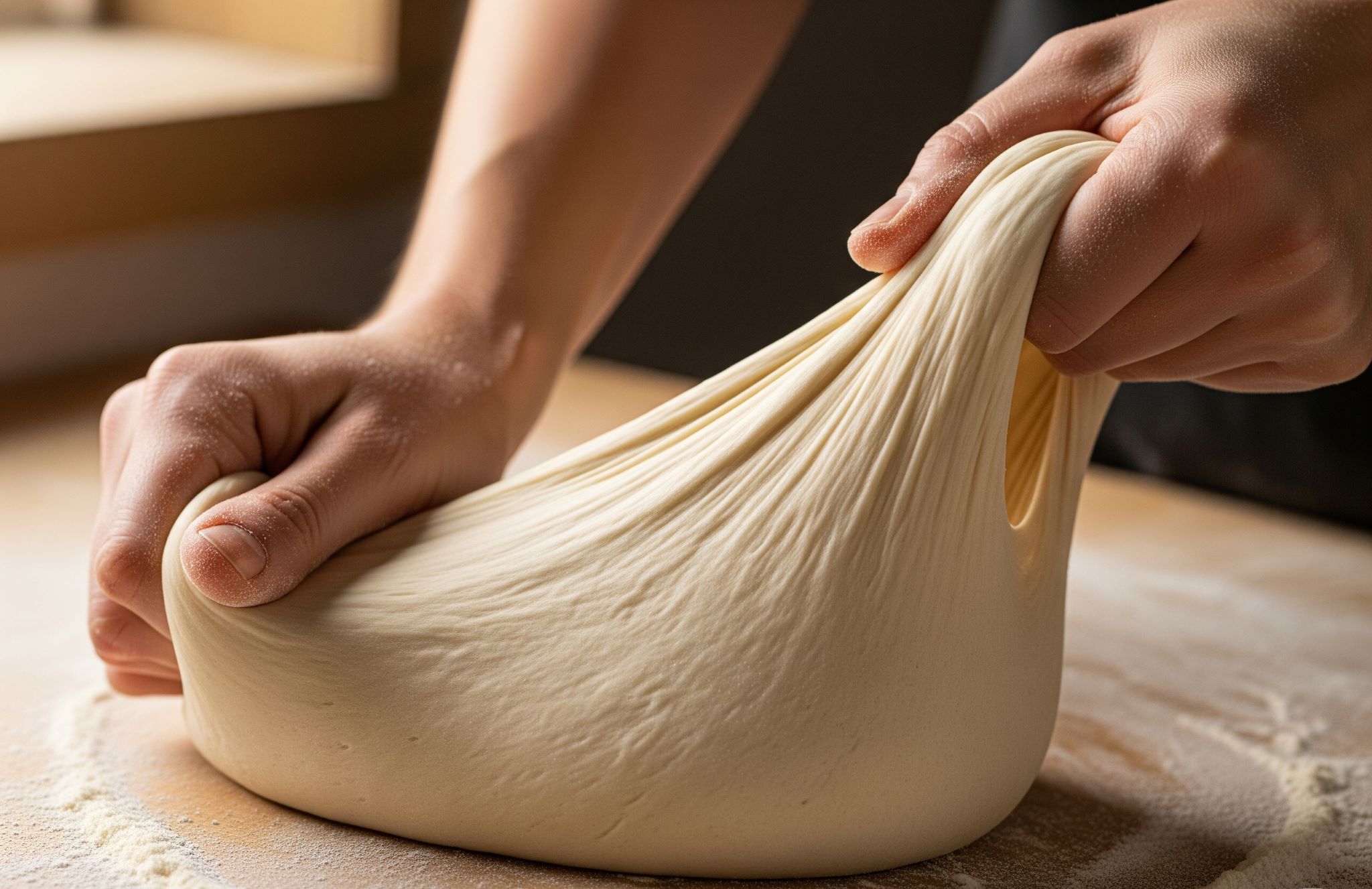Mastering High-Hydration Dough
Embrace the slack for an open, airy crumb.
High-hydration doughs—typically those with a baker's percentage of 80% water or more—are renowned for producing loaves with a beautifully open, lacy crumb, a thin, crispy crust, and excellent keeping qualities. However, they can be notoriously sticky and challenging to handle. With the right techniques, you can tame even the slackest of doughs.

Technique 1: The Rubaud Method
Instead of traditional kneading, which can be messy, the Rubaud method is excellent for developing gluten in the early stages. After mixing your ingredients, reach into the bowl with a wet hand, scoop under the dough, and lift a portion of it up, stretching it. Then, let it slap back down onto the rest of the dough. Rotate the bowl and repeat for 4-5 minutes. This builds strength without incorporating too much air initially.
Technique 2: Coil Folds
Coil folds are a gentler alternative to stretch and folds, perfect for delicate, wet dough. With wet hands, lift the entire dough from the center and let the ends fold underneath themselves. Rotate the container 90 degrees and repeat. This builds structure centrally and evenly, without degassing the dough excessively. Perform a set of coil folds every 30-45 minutes during the first half of bulk fermentation.
Work with Wet Hands
This is the golden rule. Water is your friend. Before touching the dough for folds or shaping, always dip your hands in water. The dough won't stick to your wet hands, making it infinitely easier to manage. A bowl of water next to your dough container is essential.
Technique 3: Shaping with Confidence
Shaping wet dough is about speed and using your bench scraper as an extension of your hands. Use a light touch of flour on the bench, but not too much. Use your bench scraper to lift, fold, and tuck the dough into a tight package. Work quickly and decisively. A prolonged, hesitant shaping process will only lead to a sticky mess.
Let Your Dough Do the Work
High-hydration doughs rely on time and proper fermentation to build structure. Don't rush it. A well-fermented dough will be stronger and less sticky.
Track Your Fermentation